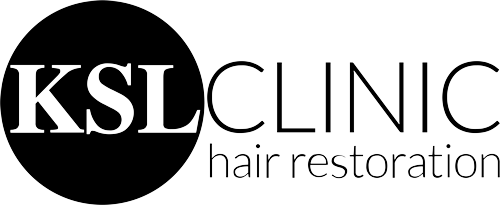Pattern baldness, or alopecia, is one of the most prevalent types of male and female hair loss. It affects approximately 85% of men and 40% of women by age 50.
One solution to reduce the effects of alopecia is laser hair loss treatment, a non-invasive and safe procedure where advanced red-light therapy helps to prevent hair fall out and encourage new growth.
Laser for hair loss is a Food and Drug Administration (FDA)-approved restoration option that’s safe, painless, and produces long-lasting and life-changing results.
It helps to reactivate dormant hair follicles that aren’t producing new growth and regenerate them, and is suitable for treating:


